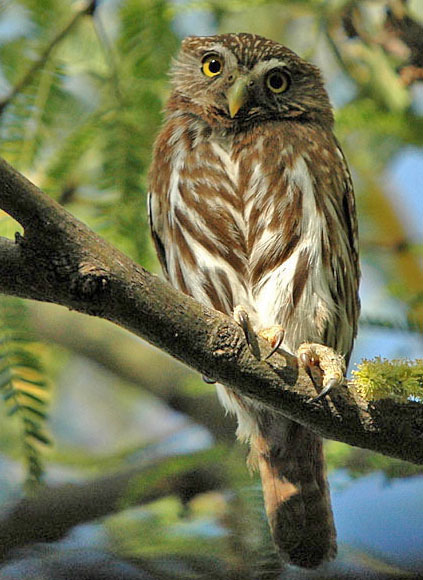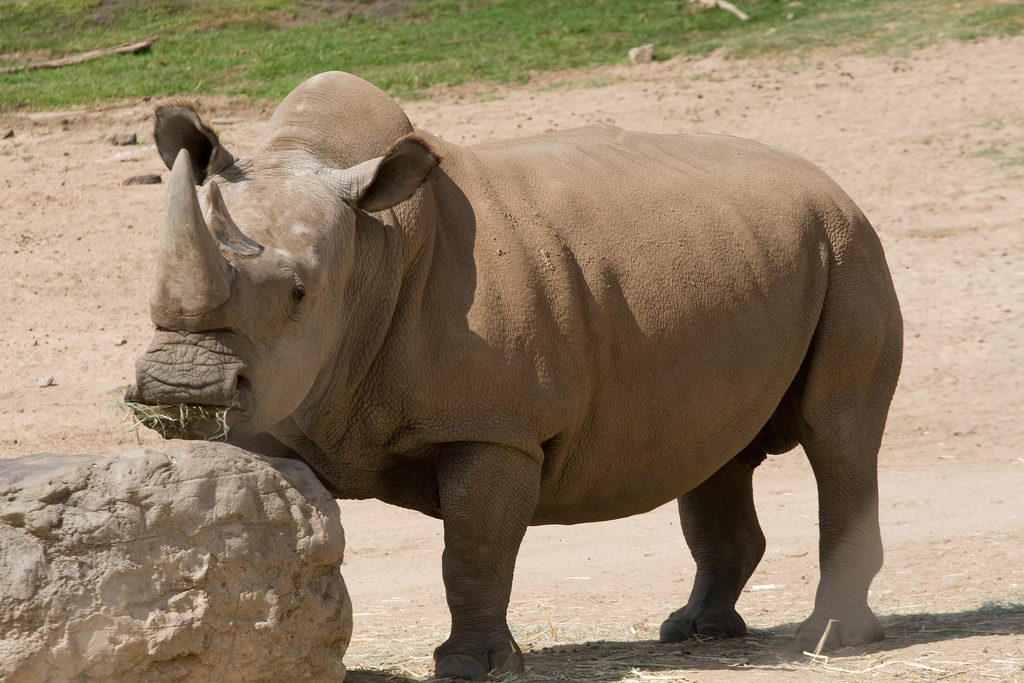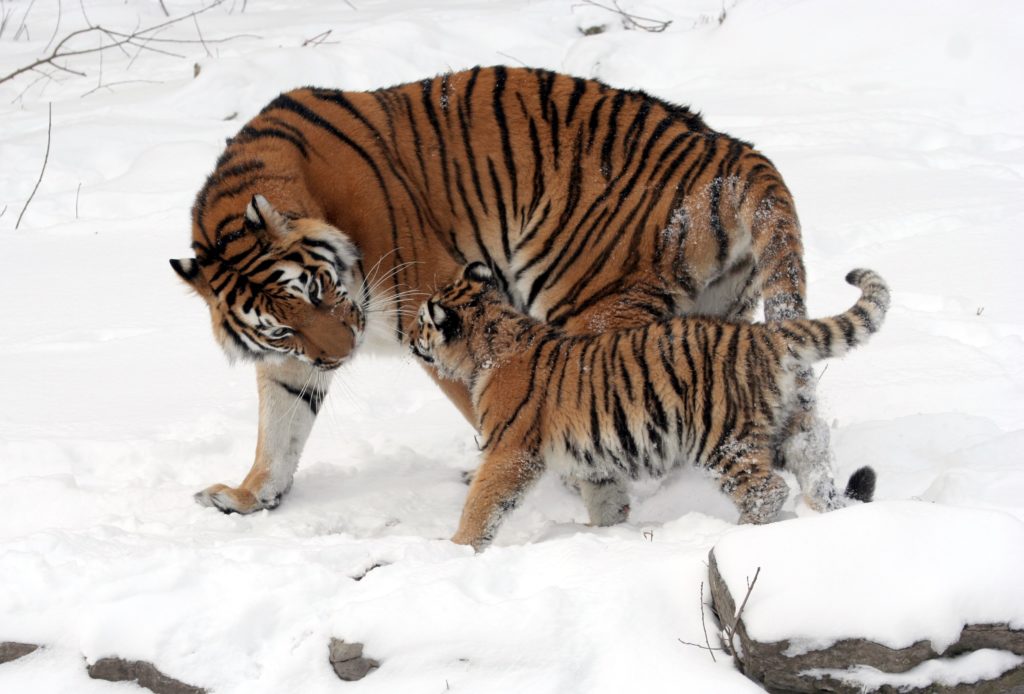2019, “new year, new me,” as they say. Many people have new goals; maybe they’ll read more, go to the gym more, or try to improve relationships. Whatever your New Year’s resolution, one goal everyone should have is to think about and care more for the environment. The environment sustains us, as it provides us with food, materials for shelter, and ultimately, life. It has been about a month into the 2019 and a lot of wildlife in the United States and around the world has been negatively affected.
The Government Shutdown Affected More than Federal Employees
Due to the government shutdown, federal employees at went unpaid. At national parks, fewer employees went to work, resulting in fewer people available to efficiently take care of the parks. Previous administrations closed the parks during government shutdowns, however the Trump Administration allowed understaffed parks to remain open. At several parks, lack of staff led to damaged parks and eventually park closure. Visitors broke park rules, such as allowing their pets in the parks and off of leashes, and campgrounds were overflowing with trash. AP News reported damage to normally restricted areas, illegal driving off of marked trails, an increase of trash, and maybe most disappointingly, a rise in human bodily waste. Human presence in restricted areas interfered with daily activities surrounding protected species, and plants that take decades to centuries to grow were destroyed, meaning it could take decades to centuries for parks to recover, even though it took a few seconds to destroy.
Rollback of Environmental Regulations
Under the Obama administration, many environmental regulations were put in place to protect the environment from human damage. However, the Trump administration has rolled back many of those regulations, claiming these regulations harm local businesses or don’t help reduce natural disasters like forest fires. National Geographic has kept a running list since March 2017 on environmental regulations, decisions, and news during the Trump administration. Rollback of coal regulations have been primarily covered by media outlets due the harsh environmental and health impacts of coal mining and the decreasing use of coal. In February 2017, Congress and Trump revoked the “Stream Protection Rule,” which provided restrictions to dumping mining waste into nearby water. Not only do organisms live in those waters, but humans use freshwater as drinking water. With an increasing global population and limited amounts of freshwater, water conservation is crucial.

Lastly, the border wall that is constantly a point of contention for Trump and Congress would be a danger to animals, scientists say. The wall wouldn’t prevent people from crossing the border, but it would prevent hundreds of species from accessing resources for survival, leading to species endangerment. Pygmy owls live in the U.S. – Mexico region, but fly close to the ground to hunt. With a wall, they wouldn’t be able to fly over to search for food or shelter. Javelinas, a pig like mammal, also roam the areas searching for food. By separating species from their habitats, we are active in their disappearance.
Species lost in 2018, and those on track to become extinct
We have already lost many species in the past few decades and we are on track to lose many, many more. Species doesn’t just include animals, but plants and insects as well. It’s easy to think of a species’ extinction as contained (where the extinction of one animal doesn’t have any impact), but extinction has a much larger impact by disrupting the food chain and affecting the viability of other species. Habitats and ecosystems have evolved to include all of the organisms within them, and when this balance is disrupted, it can lead to extreme environmental damage and catastrophic chains of events. This can be thought of as an extinction cascade, and can result from climate change, habitat and species destruction by humans, and introduction of invasive species. These combined factors have led scientists to suggest that we are currently experiencing the sixth mass extinction in Earth’s history, as defined by “when the Earth loses more than three-quarters of its species in a geologically short [time] interval.”

- The Northern White Rhino will become extinct in 2019. Its horn, thought to have medicinal properties, has been the target of extreme poaching, even when protected by armed guards. In 2018, the population of the Northern white rhino was reduced to just three rhinos, two females and one male. However, the male died in 2018, ensuring the extinction of the species.
- Fewer than 30 Vaquita Porpoises remain in the wild because humans have been harvesting their bladders for unique foods.
- Many species of insects have been rapidly declining in numbers (Monarch butterfly is a well known example). This is exceedingly important with regards to ecosystems and food chains, since insects feed many animals, help with decomposition, and maintain the habitats in which they live. See a video here on why insects are so important to us. (A prime example of extinction cascade)
- There are two types of extinction: Extinct from the wild, where no animal remains in the wild, they can only be found in captivity, and extinct, where the animal cannot be found anywhere in the world. The U.S. just lost its last wild Caribou, meaning the Caribou is extinct from the wild in the U.S.
- If you don’t care about animal extinction, then let me tell you that coffee plants are threatened with extinction. Have I gotten your attention now?
On a positive note…
While this article may seem disheartening, and as heartbreaking as it is to lose species we grew up with (such as rhinos), we are also making a lot of progress with keeping the environment healthy. In October of 2018, Trump signed a bill to help clean plastic out of the Earth’s oceans. It doesn’t make up for other environmental regulation rollbacks, but it is a large step forward, since plastics in the ocean has detrimental effects on sea life.
Green (or renewable) energy, which is energy that comes from natural resources and can be replenished in a human’s lifetime, such as sunlight, wind, and water, is becoming more and more commonly used around the world. Not only are these forms of energy good for the environment, but they are projected to become inexpensive compared to coal and gas, making them cost effective as well. Countries are already sustaining themselves on green energy, and aim to reach 100% green energy use by a certain point in the future. For example, for 300 days in 2018, Costa Rica generated 100% of their energy from renewable resources!

Many organisms, such as the Tardigrade, have evolved to withstand extreme environments and circumstances. So it is possible that there are a plethora of organisms on our Earth we have yet to discover that could withstand critical environmental change. Science has also advanced enough that, while we may not be able to directly prevent extinction, we can slow it down, or help preserve some characteristics of dying species. For example, Northern and Southern white rhinos are more closely related than previously thought, and we might be able to create a new hybrid species through IVF. Through conservation, Nepal has doubled their wild tiger population! Baraboo, Wisconsin is home to the International Crane Foundation which aims to educate the public about all 15 species of Cranes and how they are trying to save the species. Lastly, on February 12th, 2019, the U.S. Senate voted to protect more than 100 million acres of wilderness across the United States, a bill that has been in the works for four years!
How can you help?
One thing we can do to help our environment is education and outreach. Reduce the amount of waste thrown away, reuse containers and bags, and go to a local county website to look at recycling options. Orange County of NC has a great page on what you can recycle and where to recycle. Reducing our waste and the amount of non-biodegradable objects that go into the environment will help keep species safe.
A damaged earth can survive without us, but we cannot survive without a healthy earth.
Peer edited by Emma Hinkle and Connor LaMontagne.
Follow us on social media and never miss an article: